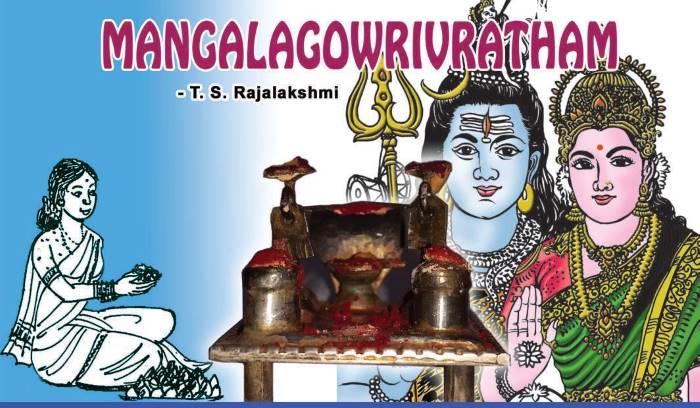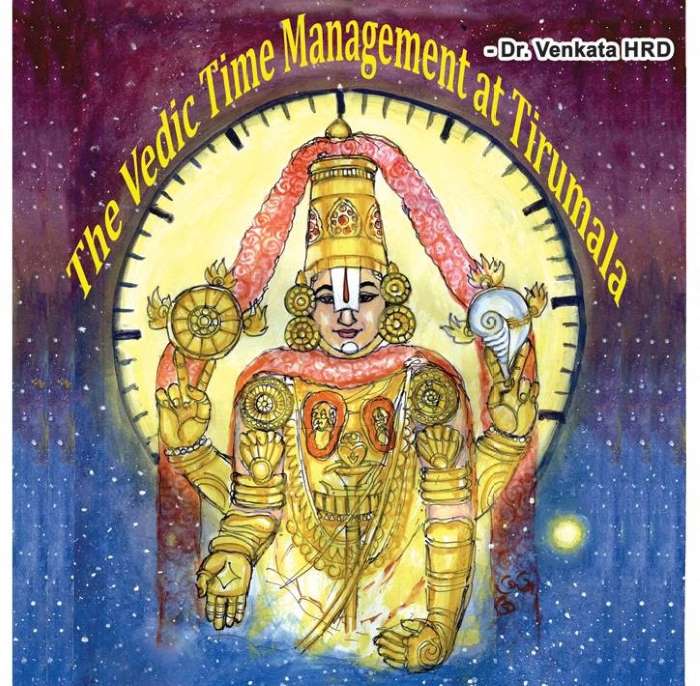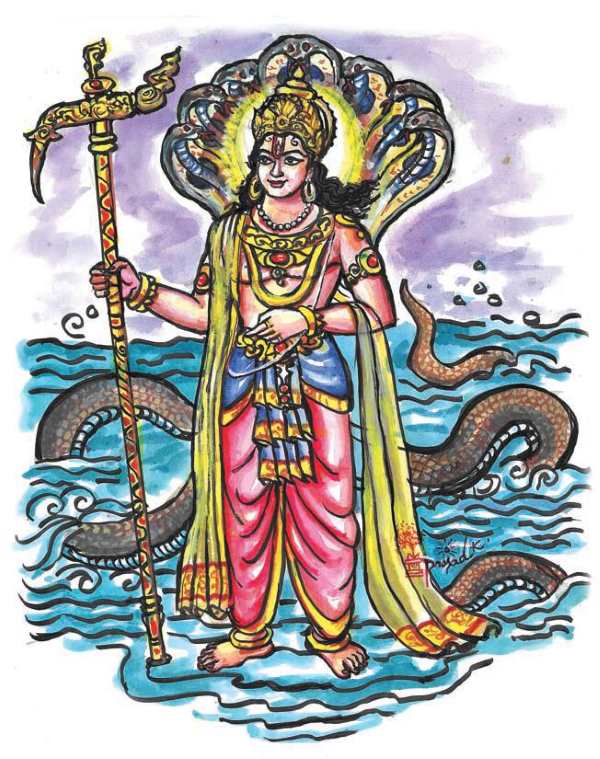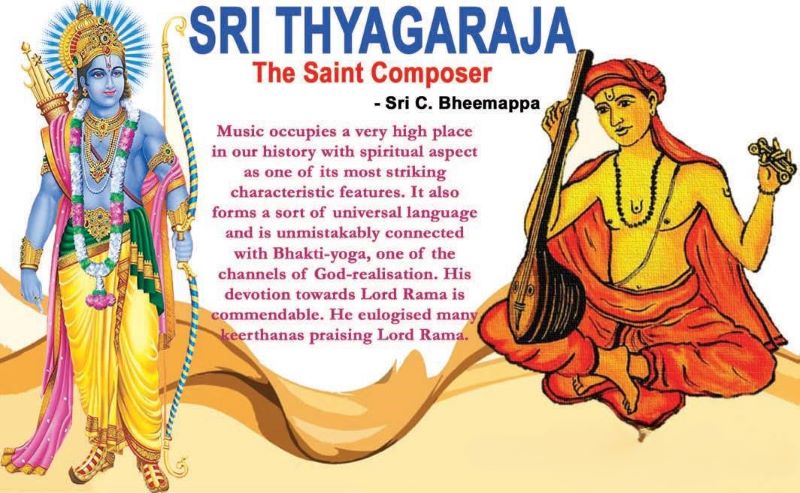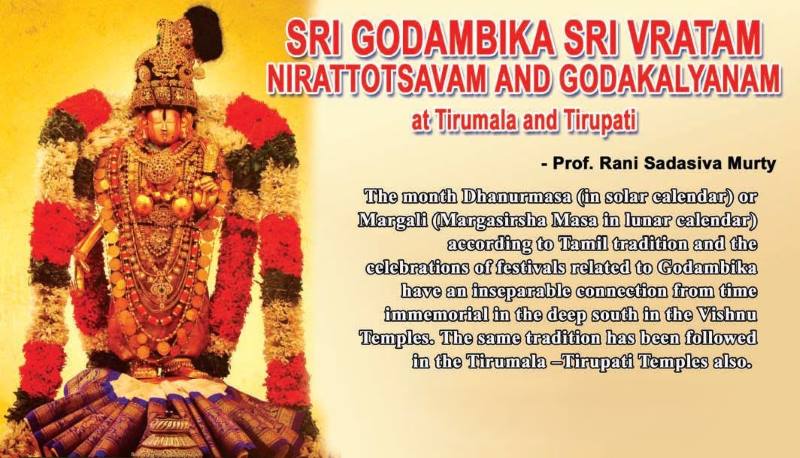AdiVaraha Kshetram It is essential to know the names of the Seven Hills – Seshadri, Neeladri, Garudadri, Anjanadri, Vrushabadri, Narayanadri, and Venkatadri – that is the abode of Lord Venkateswara, the famous Kaliyuga Avatara of Sri Mahavishnu, who descended from the Vaikunta to protect his devotees. He is the world-famous and richest god and is Read More
Category: Special Articles
Essential Nature of Narasimha Avathara
Narasimha Avathara Where does God reside? This question has been perturbing the spiritual inquirers for ages on end. Does God stay only in Vaikuntha? Then, what about Kailasa? If God resides in Kailasa or Brahmaloka, why is He called omnipresent? If He is all-pervasive, why do we confine him to a few habitations? Such are Read More
Mangala Gowri Vratham – Significance & Rituals
SarvaMangala Maanggalye ShiveSarvaartha Saadhike SharannyeTryambake Gauri Naaraayanni Namostute The above Sloka Salutes Goddess Gauri the auspicious one, all auspicious, herself is auspicious, has all the auspicious qualities, fulfils the devotee’s wishes and giver of refugee, with three eyes and a shining face and bows to Narayani. Purpose of Mangala Gowri Vratham The purpose of the Read More
18 Yogas in Bhagavad Gita
18 Yogas in Bhagavad Gita The Bhagavadgita, the “Song Celestial”, endeavours to coalesce various paths to Mukti or salvation. It is quintessential of the Prasthanatrayi which includes Brahma Sutras and Upanishads. The Rishis believed that no single path is universal and suitable to all seekers. They insisted that each path varies according to the Samskaras Read More
Aadi Kruthika
Aadi Kruthika – Subrahmanya Swamy The star Kruthika is associated with Lord Subrahmanya Swami. He is the son of Lord Siva and Goddess Parvathi and is being worshipped by many devotees. ‘AADI’ otherwise called ‘AASHADA’, is the first month of Dakshinayana, marking the travel of the Sun towards the Southern hemisphere, being the auspicious month, Read More
Vedic Time Management at Tirumala (24 Minute Segments)
This post tries to explain ‘Vedic Time Management’ and its role in modern time management and time administration. In Tirumala Sanctum Sanctorum within the given twenty-four hours the noble administration and agama sastras have permitted approx. only twenty-three hours and thirty-six minutes for Sri Venkateswara Swamy’s “Kainkaryas”, “Sevas” and “Darshanas.” It’s evident from the various Read More
Balarama – An avatar of Adhisesha
Balarama is an avatar of Adhisesha the god of prosperity. Balarama’s significance in Indian culture has ancient roots. Balarama – God of Agriculture and Strength Balarama is a Hindu god and the elder brother of Lord Krishna. He is also known as Baladeva, Balabhadra, Haladhara and Halayudha. The first two epithets refer to his strength, Read More
Sri Thyagaraja – The Saint Composer
Sadguru Thyagaraja Swami / Kakarla Tyagabrahmam Sri Thyagaraja with whom most of us are familiar beams like a star in the firmament of Indian music. He is remembered even to this day for his outstanding and unforgettable contribution to divine and classical Carnatic music and also for conveying his deep spiritual love to all the Read More
Sri Godambika Sri Vratam Nirattotsavam
Sri Godambika Godambika or Goda Devi or Andal as popular in Tamil Vaishnava Tradition are the names of the same great person. Godambika was the only female of Vaishnava Dharma among the 12 alwars or azhwars. She was praised as the human incarnation of Goddess Bhudevi as a baby found in the Tulasi Garden at Read More
Mukkoti Ekadasi – Significance & Observance
Vaikunta Ekadasi or Mukkoti Ekadasi Lord Vishnu has been described as Murari (the enemy of Mura) and Murantaka (the slayer of Mura). Ekadasi is a manifestation of Vishnu’s Sakti, the female dynamic energy of Lord Vishnu who put an end to Mura the demon, who was devastating the world with demonic force. The story of Read More

